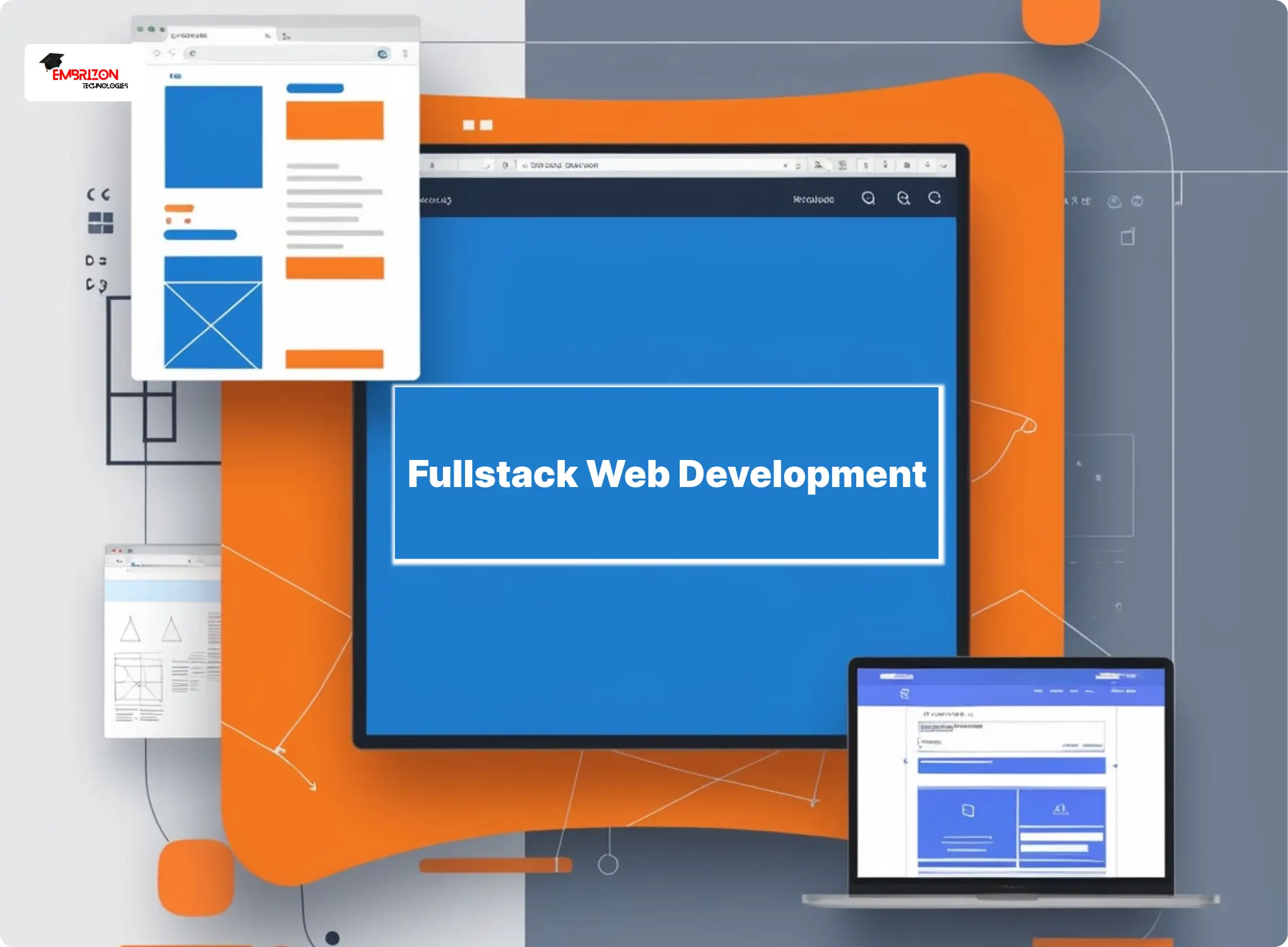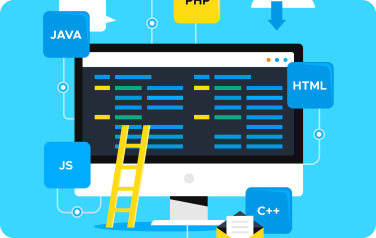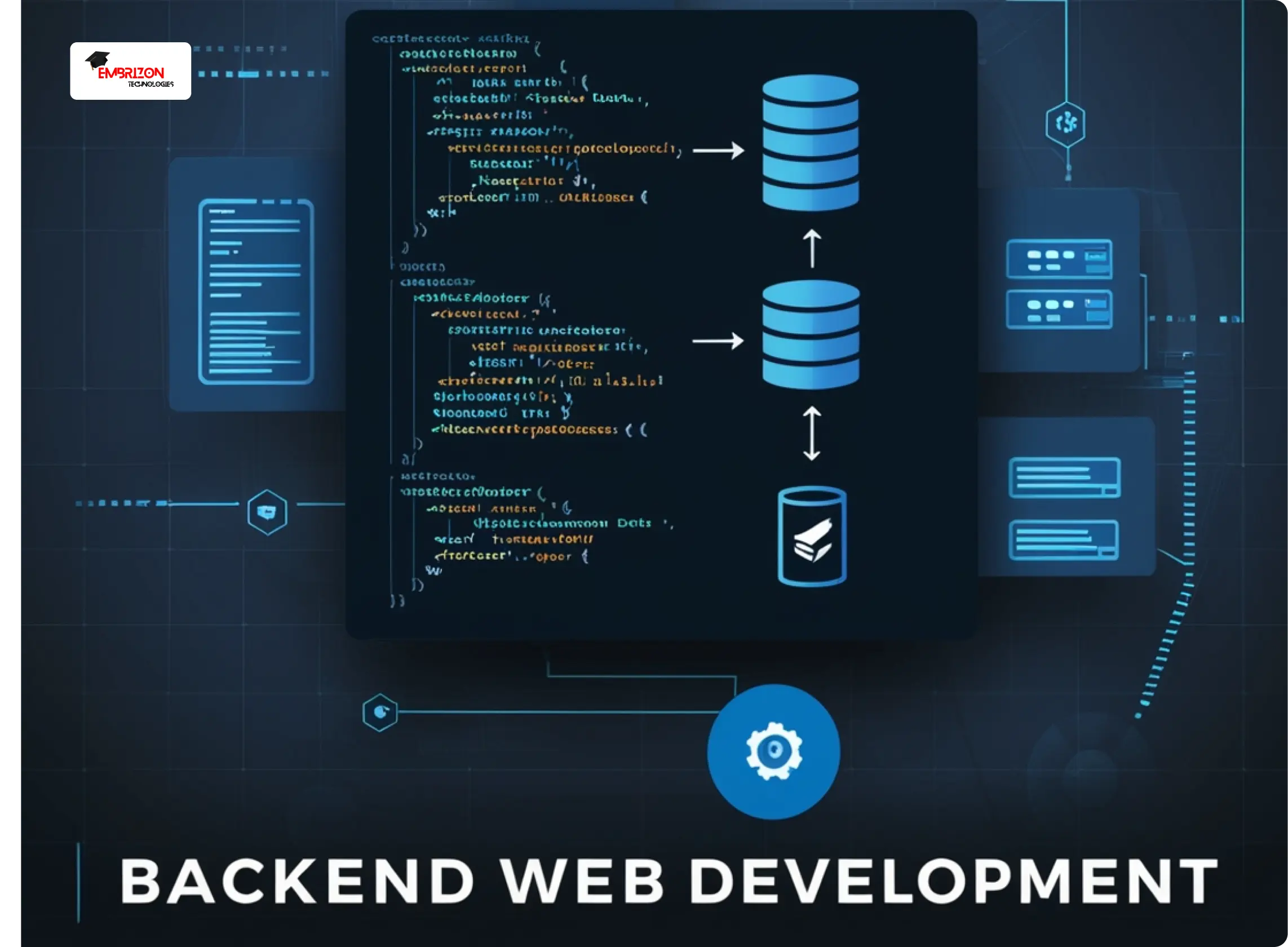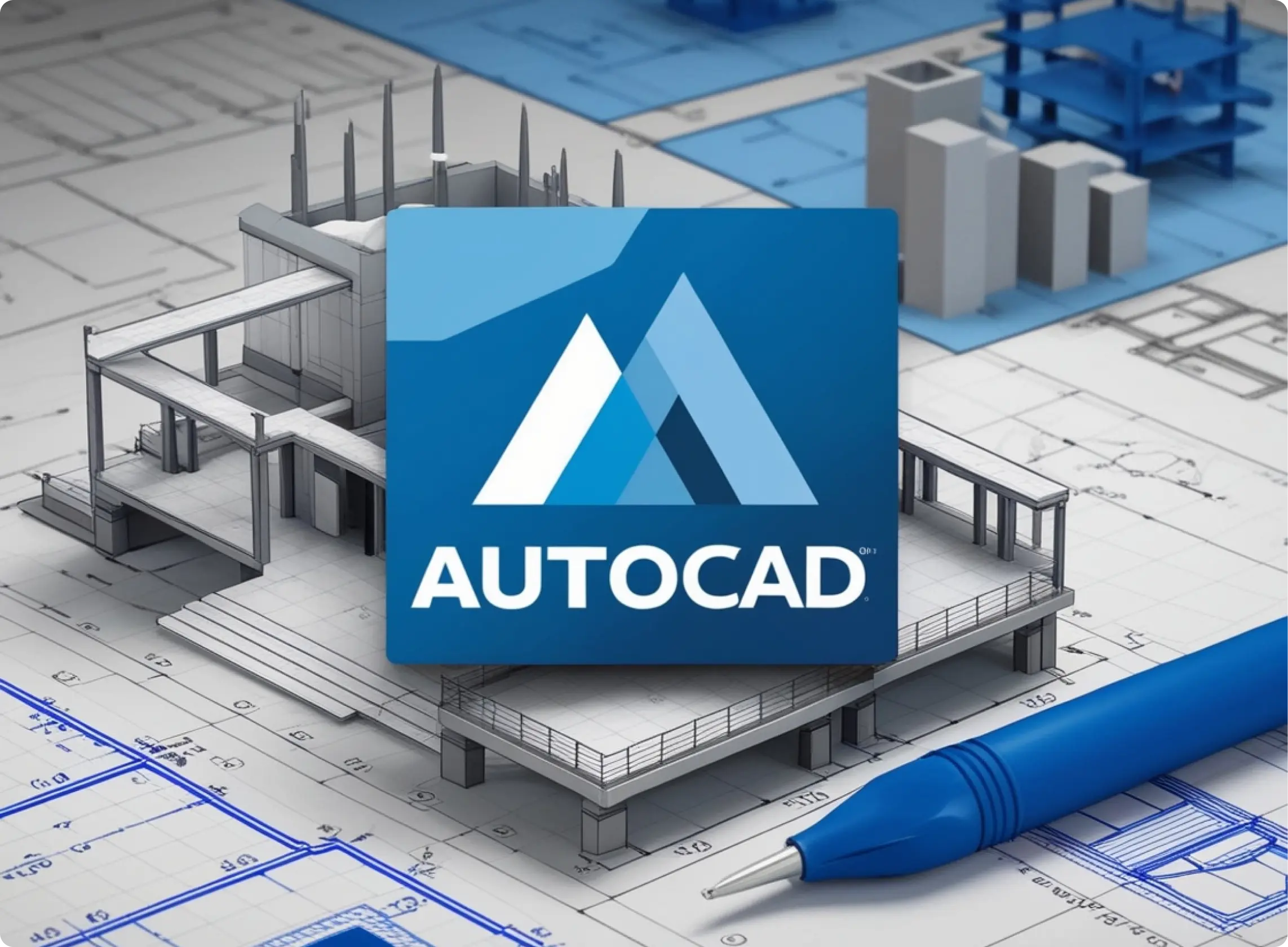Introduction
Creating a website involves more than just designing a few pages and putting them online. It’s a comprehensive process that requires careful planning, development, testing, and deployment. This guide will walk you through the entire website development process, from the initial idea to the final launch, ensuring your project is successful and meets your objectives.
Initial Planning and Research
Before you start designing or coding, it’s crucial to plan your website thoroughly. This stage involves identifying your target audience, understanding their needs, and researching competitors to determine what works well in your industry.
Defining Your Goals and Objectives
Clear goals and objectives guide the development process. Whether you want to generate leads, sell products, or provide information, your website should be designed with these goals in mind.
Designing the Website
The design phase involves creating the visual elements of your website and planning the user experience.
1. Wireframing
Wireframes are simple, black-and-white layouts that outline the structure and layout of your website. They focus on the placement of elements and the flow between pages without any design details.
2. Prototyping
Prototyping takes wireframes a step further by adding more detail, including design elements and interactive features. This allows you to see how the website will function before it’s built.
Developing the Website
Once the design is finalized, the development phase begins. This is where the website comes to life.
| Stage | Description | Key Tools |
| Frontend Development | Involves building the user interface using HTML, CSS, and JavaScript. | Visual Studio Code, Bootstrap, React |
| Backend Development | Focuses on server-side logic, database management, and integrating with the frontend. | Node.js, Django, MySQL |
| Content Management | Implementing a content management system (CMS) to allow easy updates and management of the website. | WordPress, Joomla, Drupal |
Testing and Quality Assurance
Before launching, the website undergoes rigorous testing to ensure it functions correctly across all devices and browsers. This includes:
- Functionality Testing: Ensuring all features work as intended.
- Usability Testing: Verifying the website is user-friendly and intuitive.
- Performance Testing: Checking load times and optimizing for speed.
- Security Testing: Ensuring the website is secure from potential threats.
Launching the Website
After thorough testing, it’s time to launch the website. This involves deploying it to a live server, making it accessible to the public. A successful launch requires coordination to ensure everything goes smoothly.
Post-Launch Activities
Launching a website is not the final step. Post-launch activities include:
- Monitoring Performance: Continuously tracking website performance and making improvements as needed.
- SEO Optimization: Ensuring your website is optimized for search engines to attract organic traffic.
- Content Updates: Regularly updating content to keep the website fresh and relevant.
- User Feedback: Collecting and analyzing user feedback to improve the website’s usability and functionality.
Conclusion
The website development process is a complex journey from idea to launch, requiring careful planning, execution, and continuous improvement. By following this structured process, you can ensure your website meets your goals, provides a great user experience, and stands out in the competitive online landscape. Whether you’re building a simple blog or a complex e-commerce site, understanding each stage of development is key to success.
















